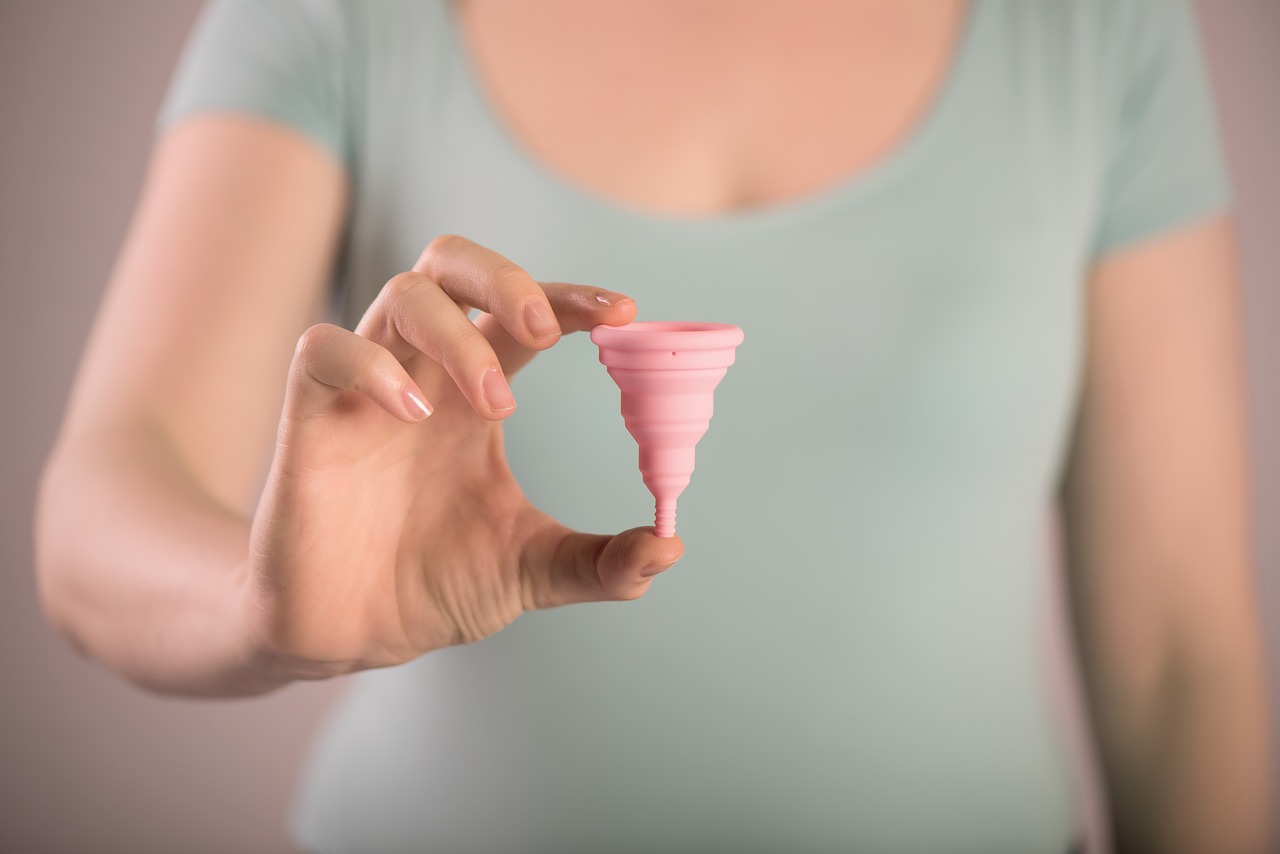The world of feminine hygiene is witnessing a paradigm shift. Amidst the myriad of options, have you ever pondered why the liquid silicone rubber menstrual cup is gaining such traction? Let’s embark on this journey to unravel the reasons and understand its burgeoning appeal to the modern woman.

1. Making the Choice: It’s Personal
Understanding Your Body
Every woman is unique. When selecting a menstrual cup, the foremost considerations should be your anatomy and menstrual flow. Do you engage in rigorous activities often? Is your flow light, moderate, or heavy? These nuances play a pivotal role in your selection process.
Material Matters
Liquid silicone rubber, medical-grade silicone, or natural rubber? The choice of material for your menstrual cup hinges on personal preferences and potential allergies. Ensure that the cup you opt for is crafted from high-quality materials for longevity and safe usage.
2. Size and Shape of the Cup: One Size Doesn’t Fit All
Factor in Age and Childbirth History
Typically, menstrual cups come in two or more sizes. Younger women or those who haven’t given birth might lean towards a smaller size, while those who have given birth or are older might require a larger one.
Shape and Comfort
Some menstrual cups are bell-shaped, while others might be more flattened. Did you know, much like Cinderella’s glass slipper, finding the right menstrual cup also involves a bit of trial and error?
3. Maintenance and Cleaning: Hygiene is Paramount
Daily Cleaning Rituals
After each use, ensure you rinse the menstrual cup thoroughly with water. A fragrance-free soap can be employed for cleaning, but ensure it’s rinsed off completely.
Deep Cleaning
At the end of each monthly cycle, it’s recommended to boil the menstrual cup in water for 5-10 minutes for a deep cleanse. This ensures the cup’s hygiene and prolongs its lifespan.
4. Storage and Replacement: Nurture Your Cup
Storing Right
When not in use, ensure you store the menstrual cup in a breathable cotton or cloth bag. Avoid sealing it in plastic bags or containers as this could foster bacterial growth.
Knowing When to Replace
While many menstrual cups claim a lifespan of up to 10 years, experts suggest replacing them every 2-5 years or upon noticing any cracks, holes, or deformities.
Conclusion: The Menstrual Cup, A Woman’s New Best Friend
While the process of selecting and maintaining a menstrual cup might seem daunting initially, once you’ve found your fit and understood its care, it becomes an inseparable companion. Much like nurturing a cherished plant, with the right care, it thrives.
